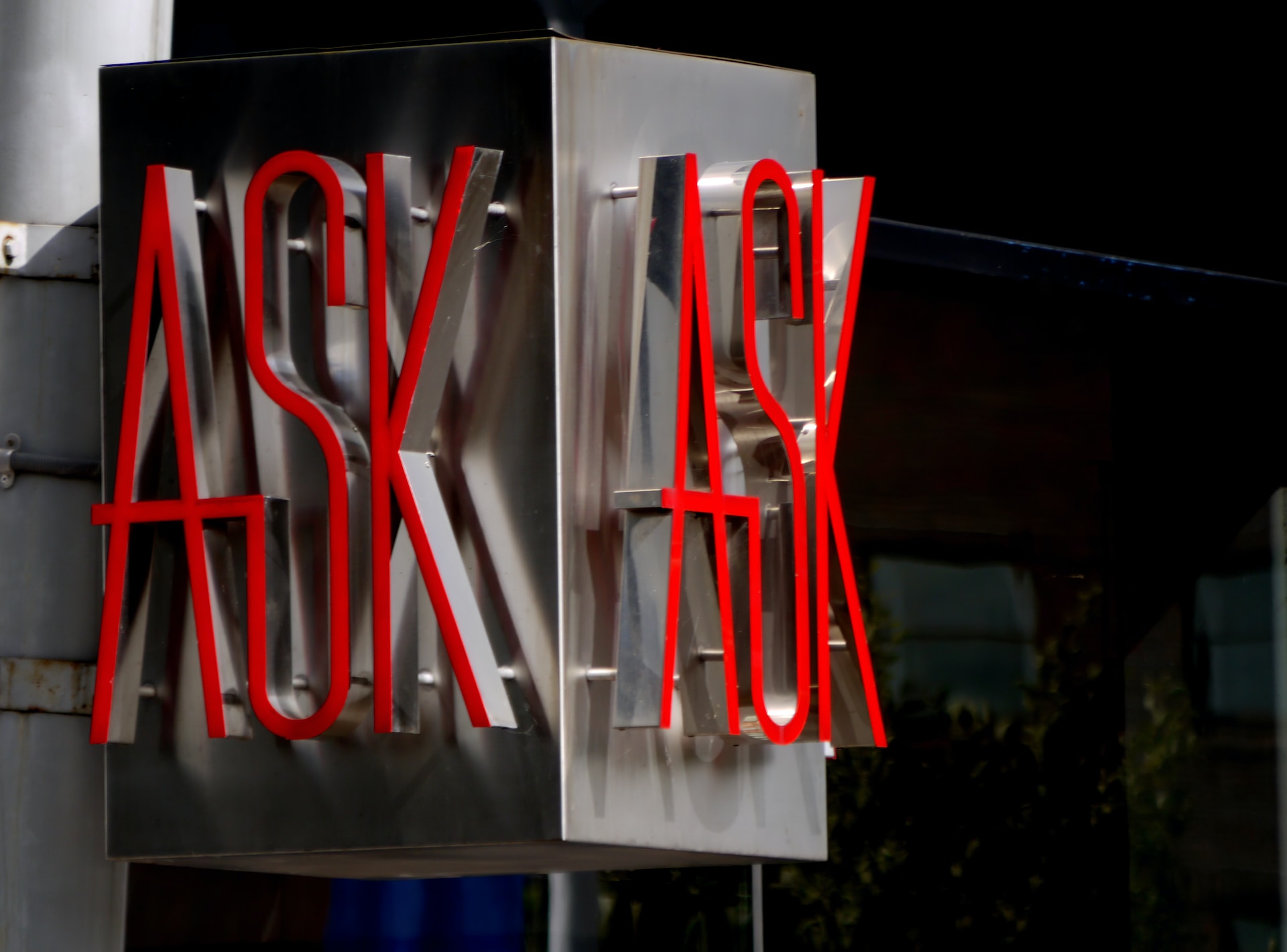Why “price on request” damages business
When selecting products on social media shop pages, users are often faced with a series of actions just to find out the cost. The phrase “answered in direct” has already become a meme, but the price on request is still a popular approach for many shops.
The roots of this communication method go back decades when physical shops had to ask the retailer for the cost of each item. Today’s online shops use this approach to get the user’s contact details. In this way, the company gathers information about which things the target audience is most interested in or promotes by targeting each customer.
Other reason for using prices on request
There are other reasons why companies do not want to publish the price of their products. According to surveys, they fear dumping by competitors. However, such a factor sounds highly illogical as competitors can find out the cost by contacting Direct. In addition, price is no longer the main factor for today’s shoppers. They look at the level of service, the company’s position in the market, its social position and other factors.

Another reason for using a price on request is the intention to increase page activity by having many comments under posts. However, such tactics often have the opposite effect: users don’t want to waste time on correspondence and leave to look for goods in other shops. In addition, customers are wary of accounts that do not list the product’s cost, fearing that the seller may quote different payment amounts to different buyers.
Lack of price information also affects the business’s credibility, and it loses potential customers. According to research, purchase requests are reduced by 30% in such a case. The user needs to be able to compare offers from different stores before making a final decision. And if there is no easy access to cost information, the customer will simply go elsewhere.
When it might work
However, there are cases where the price on request works. We are talking about complex and expensive products. n personal correspondence, it is much easier to explain the amount to the user, since the seller calculates it in each specific case. A striking example is a holiday agency where the price depends on many factors. For example, location, number of guests, decorations, etc. A person needs to understand why the seller did not indicate the price immediately on the page.
It is important to communicate the reason to the user in a respectful way to minimise negative attitudes. If there is no need for prices on request, then transparency in pricing and having this data for each product is a better option for the business.
